Deck & Commander Strategies
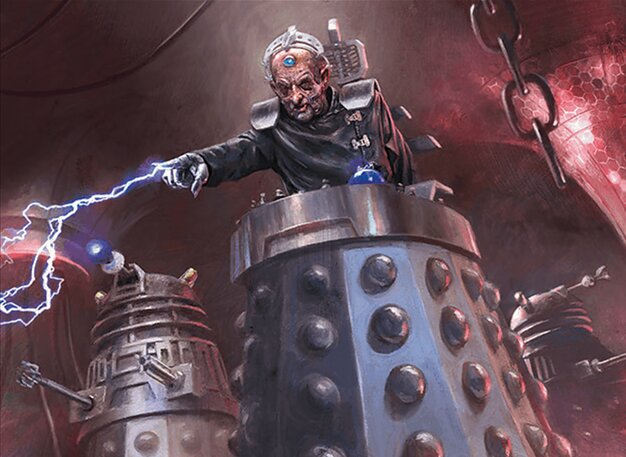
Davros, Dalek Creator
Focuses on plus one counters, untapping creatures, and casting spells from zones outside the hand to maximize damage and disruption through taxing opponents and controlling the board.

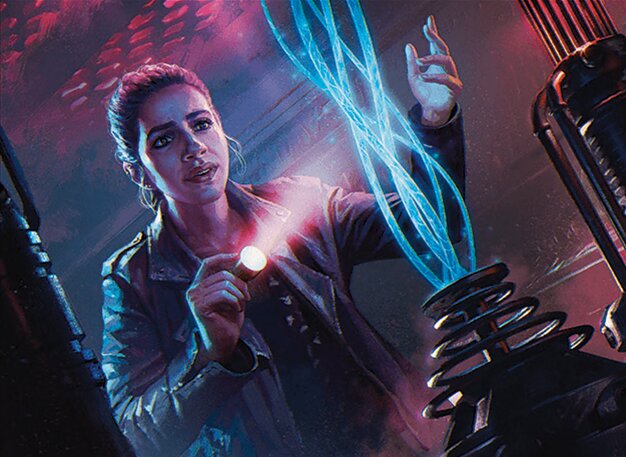
The Thirteenth Doctor with Yasmin Khan
Utilizes spells cast from outside the hand to trigger damage and discard effects, combined with untapping creatures and proliferating counters to maintain an aggressive board state.


The Tenth Doctor with Rose Tyler
Employs time manipulation and warping across the plane with a focus on time counters and suspension mechanics to delay threats and generate card advantage.

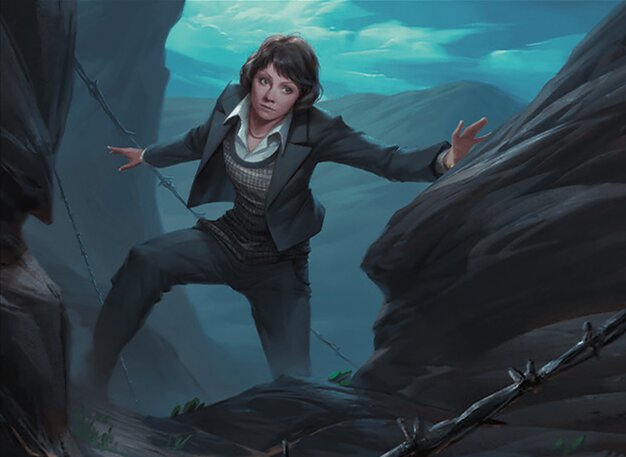
The Fourth Doctor with Sarah Jane Smith
Centers around historic spells cast from the top of the library, leveraging synergy with historic spells and controlling the game through tempo and value.
Gameplay Insights
- 1
Casting spells from zones other than the hand can trigger significant taxing effects that disrupt opponents’ plans while growing a key threat on board.
- 2
Planeswalking and rolling the planar die frequently introduces chaotic but impactful effects that players can leverage or need to adapt to, adding unique layers to gameplay.
- 3
Suspending important cards with time counters delays threats but can create powerful future plays that opponents must account for.
- 4
Tutoring for synergistic permanents like The Tardis upon commander entry ensures continual advantage and enhances combo potential.
- 5
Forcing opponents to block with provoke from cat counters can manipulate combat outcomes and protect key creatures.
Notable Cards
-

Memory Worm
-
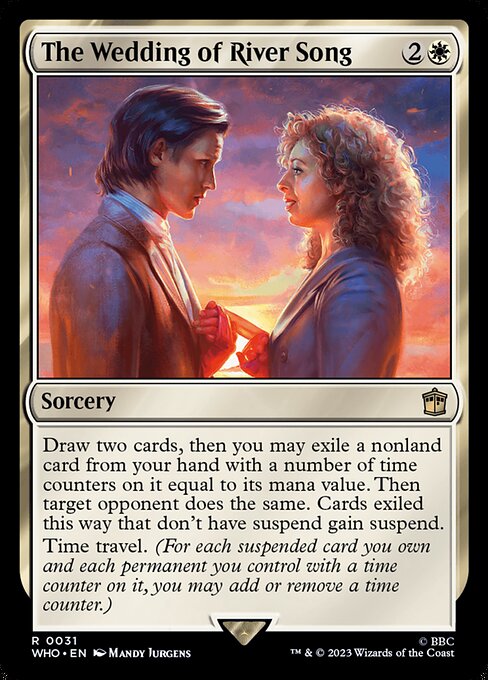
The Wedding of River Song
-

The Thirteenth Doctor
-
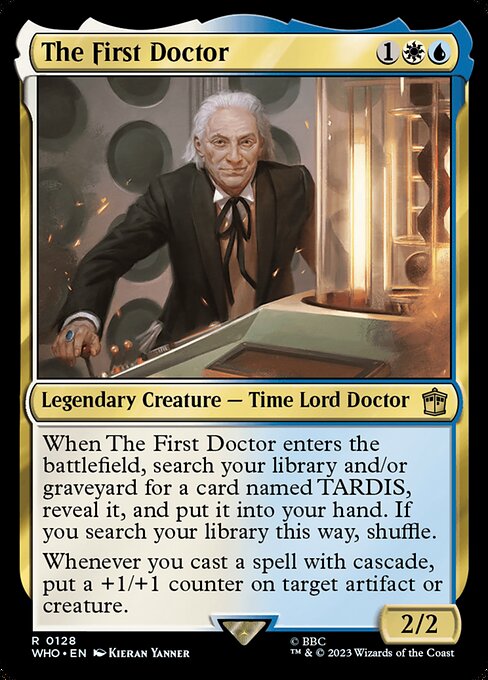
The First Doctor
-
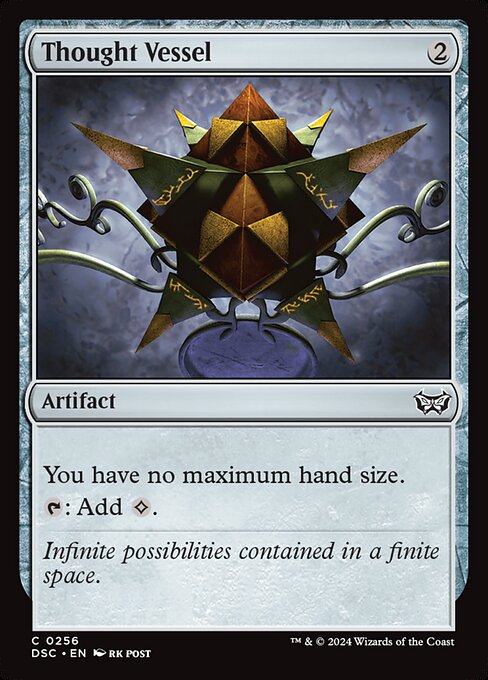
Thought Vessel
-

Temple of Enlightenment
Gameplay Summary
The game begins with a chaotic and thematic setup featuring Time Lords and Davros, Dalek Creator, each piloting decks inspired by Doctor Who characters.
Early turns showcase the dynamic Planeswalking mechanic, with players rolling planar dice to trigger various effects that influence board state and interactions.
The first plane introduces opportunities to steal artifacts and manipulate turns, while subsequent planes add complexity by granting creatures new abilities and forcing strategic blockers.
Players deploy creatures and cast spells largely from unconventional zones rather than their hands, creating intriguing synergies and taxing opponents with effects like damage and forced discards. A key turning point occurs when the 13th Doctor player uses Memory Worm to impose taxing effects on other players by casting spells from outside the hand, dealing damage, forcing discard and draws, and accumulating counters to grow the creature.
The interaction between Memory Worm and the untapping triggers from the 13th Doctor allows repeated aggressive attacks and board presence.
Another strategic highlight is the use of The Wedding of River Song to suspend cards with time counters, creating delayed but potent threats.
The First Doctor’s entrance tutors up The Tardis, enabling cascade effects and further attacks while supporting the Time Lord theme.
Throughout, players adapt to the chaotic Planeswalker effects and leverage their commanders’ unique abilities to control tempo and pressure opponents.



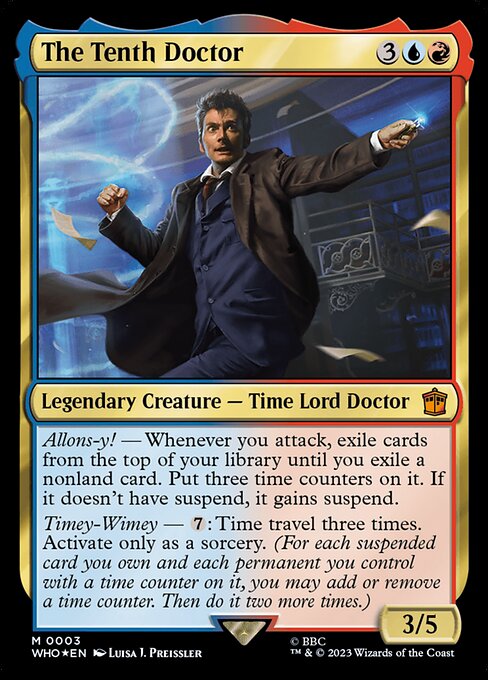




















!["Doctor Who Showdown" EP: 22 The Thirteenth vs The Tenth vs Davros vs The Fourth [EDH gameplay] thumbnail](https://i.ytimg.com/vi/LXPrSz3gSwI/sddefault.jpg)




